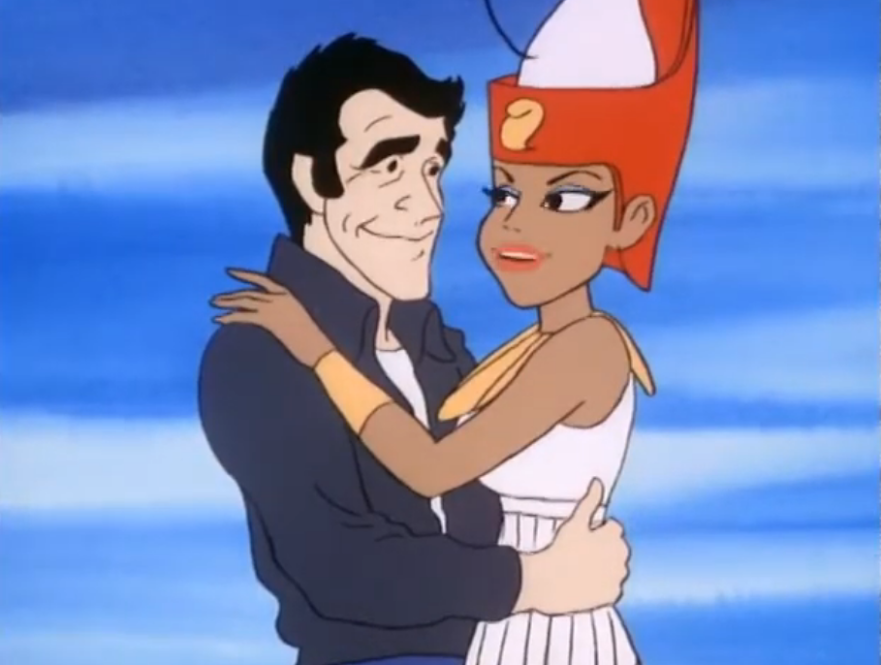 |
| An animated short film from 2017 deals with some of the same issues as Glen or Glenda. |
As I was rewatching Glen or Glenda (1953) recently, I took note of just how many earnest heart-to-heart conversations this one film contains. Let's see here. Inspector Warren (Lyle Talbot) talks to Dr. Alton (Timothy Farrell). Glen (Ed Wood) talks to his fiancée, Barbara (Dolores Fuller). Glen's sister Sheila (Evelyn Wood) talks to her unnamed female coworker. Glen talks to Barbara some more. Two unseen foundry workers, Jack and Joe, talk to each other. Glen talks to his friend Johnny (Charles Crafts). Glen talks to Barbara a third (!) and fourth (!!) time. Finally, Dr. Alton talks to Glen and Barbara. That's a lot of conversation for a film that's barely feature-length.
 |
| Some Glenda-esque poster art. |
Glen or Glenda deals with some sensitive and highly controversial topics, including cross-dressing and gender reassignment, and writer-director Edward D. Wood, Jr. obviously felt the best strategy was to have his characters sit down and exchange their thoughts and feelings about these things. In Cult Movies 3 (1988), critic Danny Peary even compares Glenda to old-fashioned soap operas in which women talk through their problems with friends over the kitchen table. It's a nice thought, isn't it? Maybe more of the world's problems could be solved if we'd just stop shouting at each other and started a calm, reasonable dialogue instead.
That's the theory, anyway. Your results may vary.
I thought about all of this as I watched Jim's Introduction to Gender Identity aka My Friend is Transgender (2017), a short film by New York-based animator K. Kypers. A video like this might have flown under my radar, despite garnering over 800K views, but Kypers recently began posting to an Ed Wood group on Facebook that I also frequent. In one thread, Kypers mentioned that the poster art for the short film was directly inspired by the iconic, instantly familiar Glen or Glenda poster. As I watched the film itself, I noticed that it contained numerous references to the Ed Wood canon, making it a prime candidate for coverage in this series.









